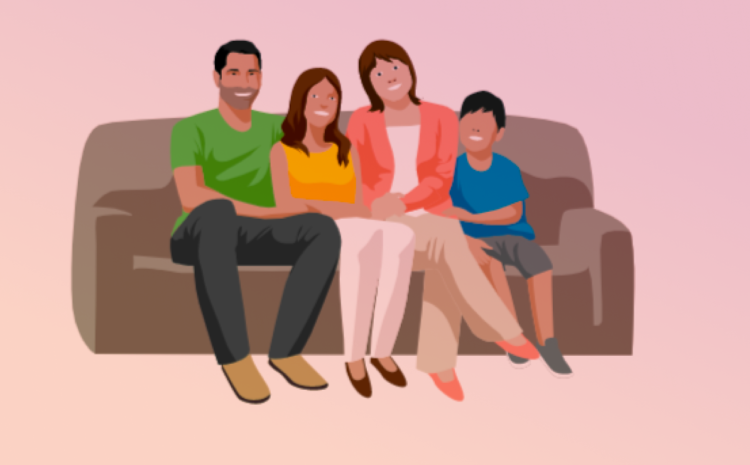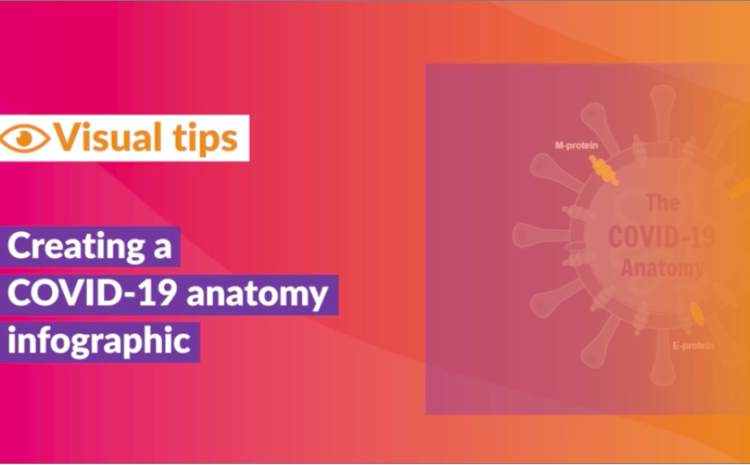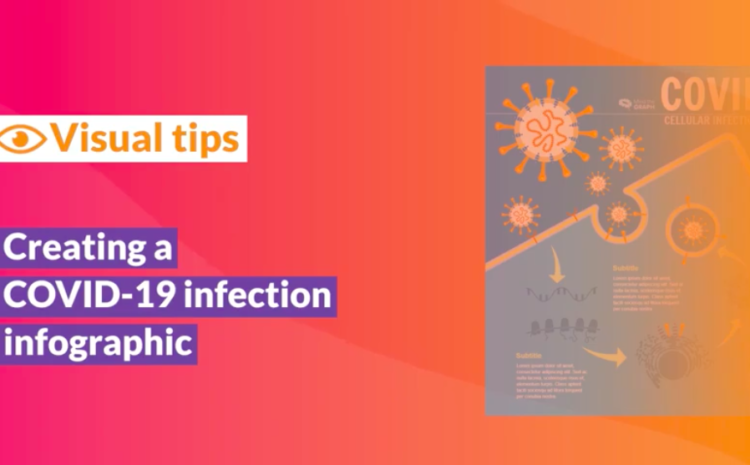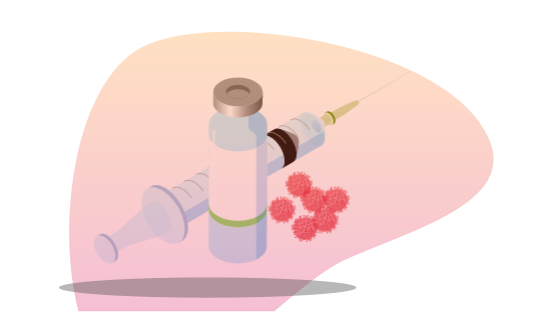Dette er et spennende spørsmål. Hvis du var en detektiv som prøvde å finne koronaviruset og forhindre pandemisk smitte, hvor ville du lett etter det?
Det finnes mange ulike svar på dette spørsmålet: man kan lete etter den naturlige verten, som vi forklarte i dette innlegget eller forstå i hva slags overflater den vil feste seg til, avhengig av materialet, som vi forklarer i dette innlegget..
Men i virkeligheten vil du gispe etter den. Den skjuler seg i din egen familie. Hva er det?
According to the study “Foreløpig analyse av kjennetegnene ved klyngen for koronavirussykdommen” conducted in Wuhan, the epicenter of the crisis in China, the proximal human community, i.e. close friends and family, are the biggest cluster of virus contamination.
That happens precisely because close to 80% of people have very light symptoms or even no symptoms at all. They are assymptomatic, but the can still transmit the coronavirus. That’s probably one of the most dangerous characteristics of the Covid-19 transmission.
Look at the infographic below to understand the main clusters responsible for the Covid-19 transmission, according to the chinese study.
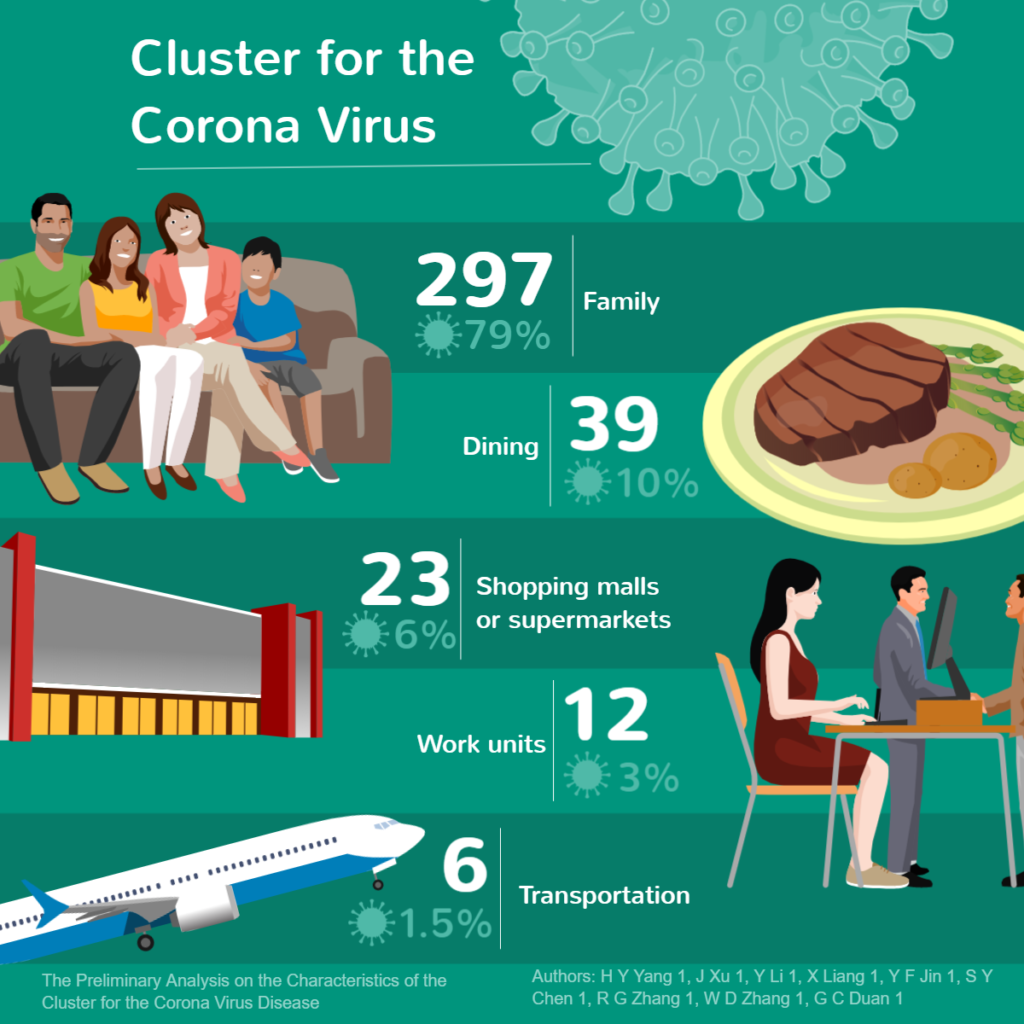
The clusters Covid-19 transmission were studied as the epidemic progresses, this is of course a very small subset fo the patients, reported in the beggining of the epidemy. Data was collected during January 1 to February 20 2020. This wasn’t even a thing of concern for a lot of countries at that time, like USA, although awareness regarding Covid-19 transmission was already raising in Europe
Importantly, these clusters EXCLUDE the obvious thing: a lot of people were contaminated in the health services and hospitals. They are just analyzing Covid-19 transmission under “natural” distribution.
Then, it’s clear to see that from 377 confirmed cases, the vast majority was transmited via family and close friends. The incubation period range from 1 to 20 days, so one could be assymptomatic and still transmited the coronavirus to colleagues, when having closed contact. That’s also a reason why family and friends are an important cluster: you need to have close contact to be affect by Covid-19 transmission, and you normally don’t have close contact with anybody on the streets, right?
De viktigste klyngene av Covid-19-smitte var:
79% Familie og venner
10% Restauranter
6% Kjøpesentre og supermarkeder
3% Arbeidsenheter
1.5% Transport
Inkubasjonstiden var en annen konklusjon av denne studien. They estimated the incubation period for Covid-19 transmission analyzing 325 cases and concluded that is spans from 1 to 20 days, with a median of 7 days. Simple said: it takes a week for the virus to generate clear symptoms. So, if you had contact with anyone affected by coronavirus, wait at least one week before drawing any conclusion regarding Covid-19 transmission.
Analysen av epidemisituasjonen i Kina indikerer at det er en mulighet for at pasienter kan være smittekilde i epidemiens inkubasjonstid. Det betyr at pasientene bidrar til smitten allerede før symptomene oppstår. Jo eldre pasientene er, desto verre er symptomene.
Utviklingen av de to typiske utbruddene viser tydelig spredningen av de tidlige tilfellene i Wuhan. Uansett hva som skjer, er screening og isolering av nærkontakter fortsatt viktig, bortsett fra klinisk behandling under epidemien. Spesielt for friske mennesker i epidemiområdet er isolasjon nøkkelen.


Abonner på nyhetsbrevet vårt
Eksklusivt innhold av høy kvalitet om effektiv visuell
kommunikasjon innen vitenskap.

